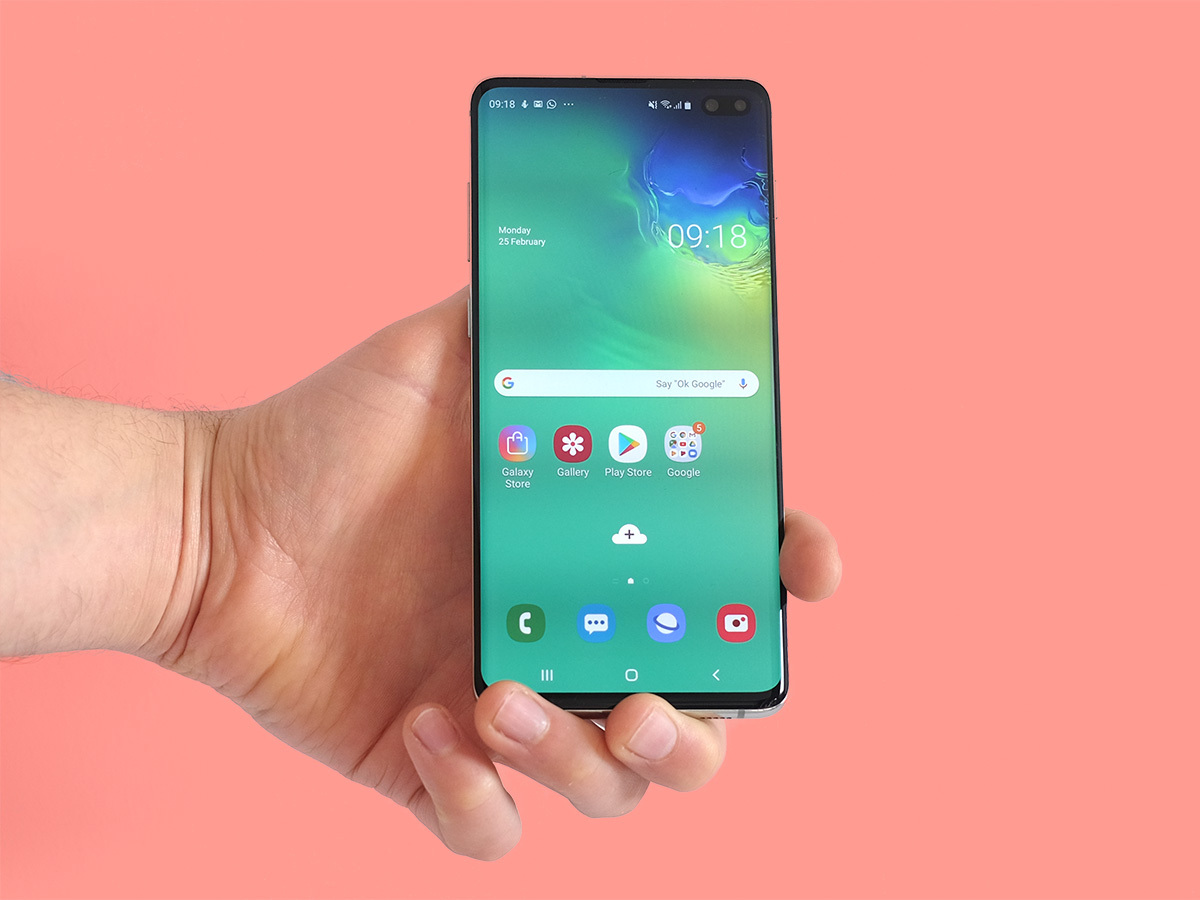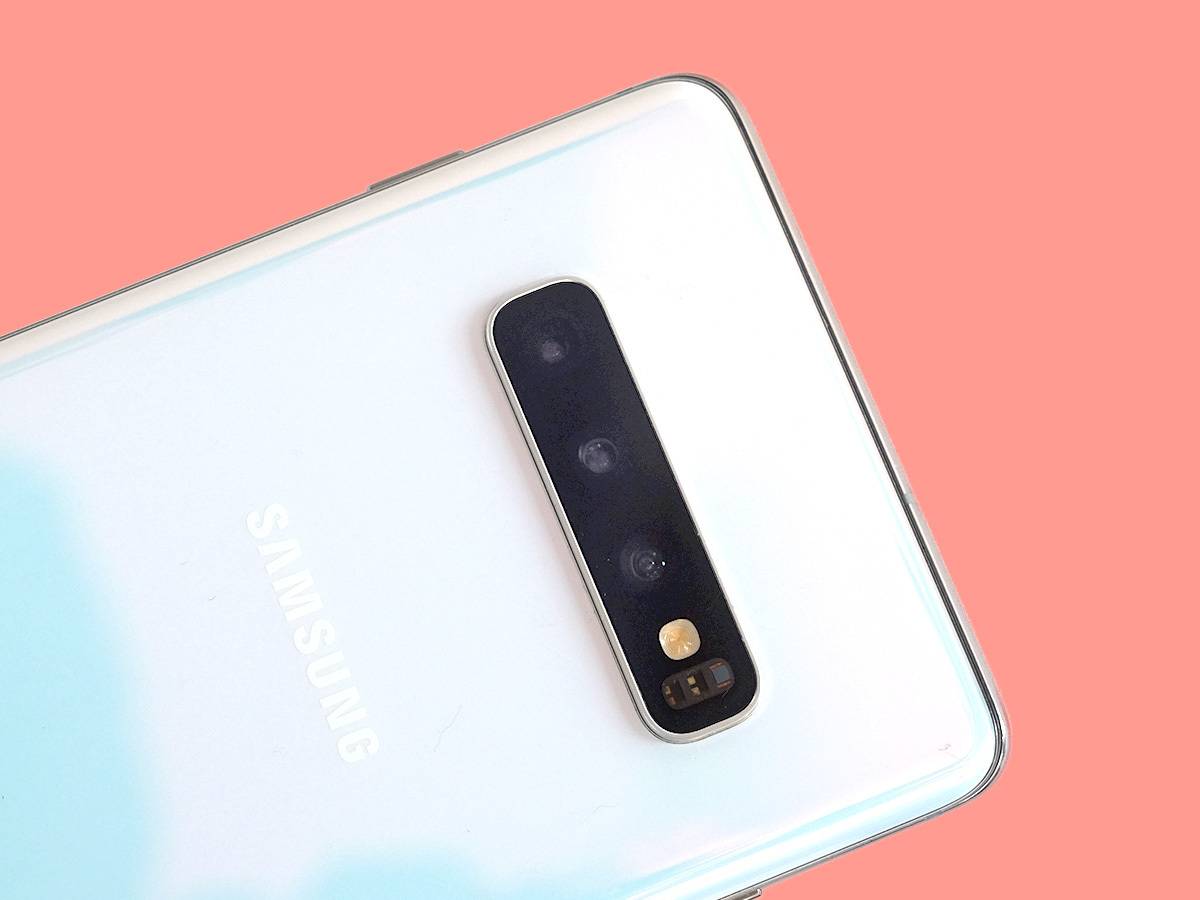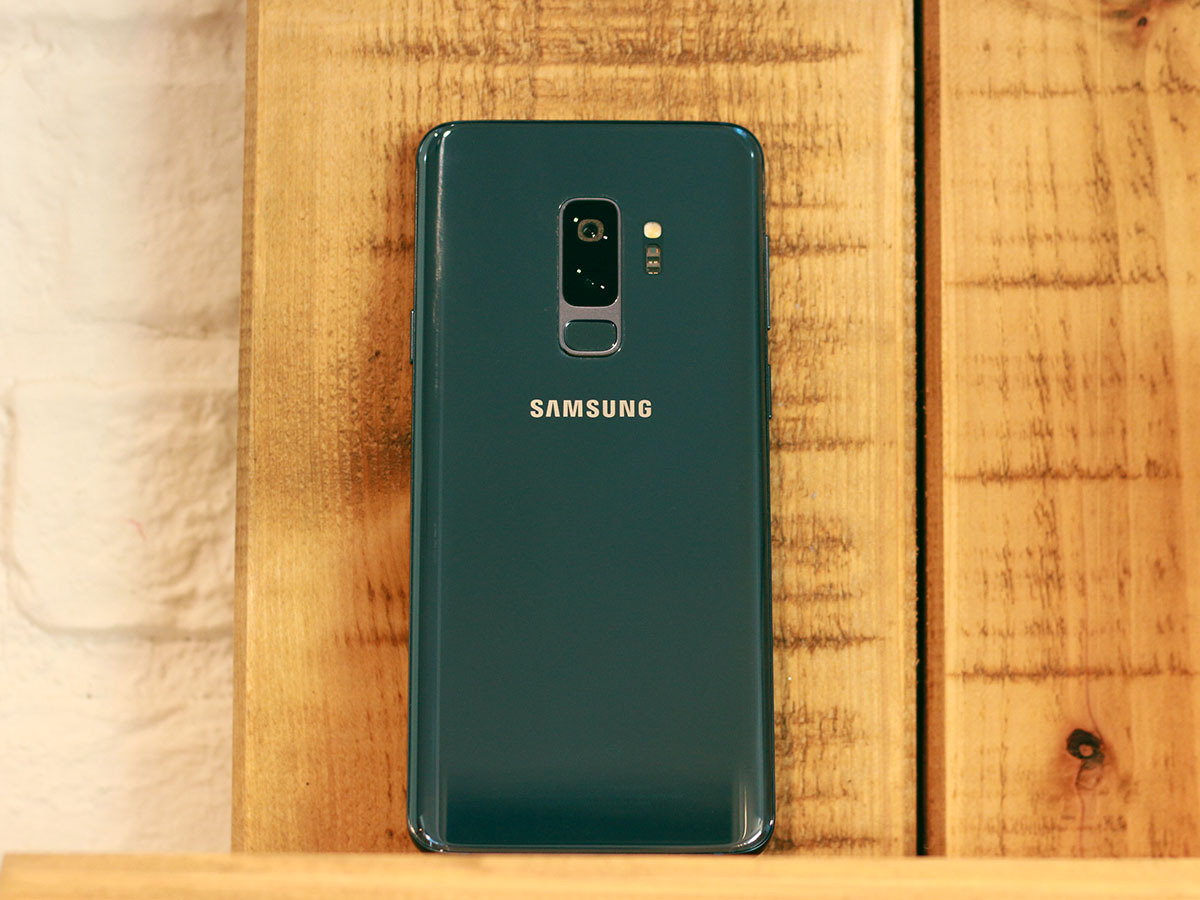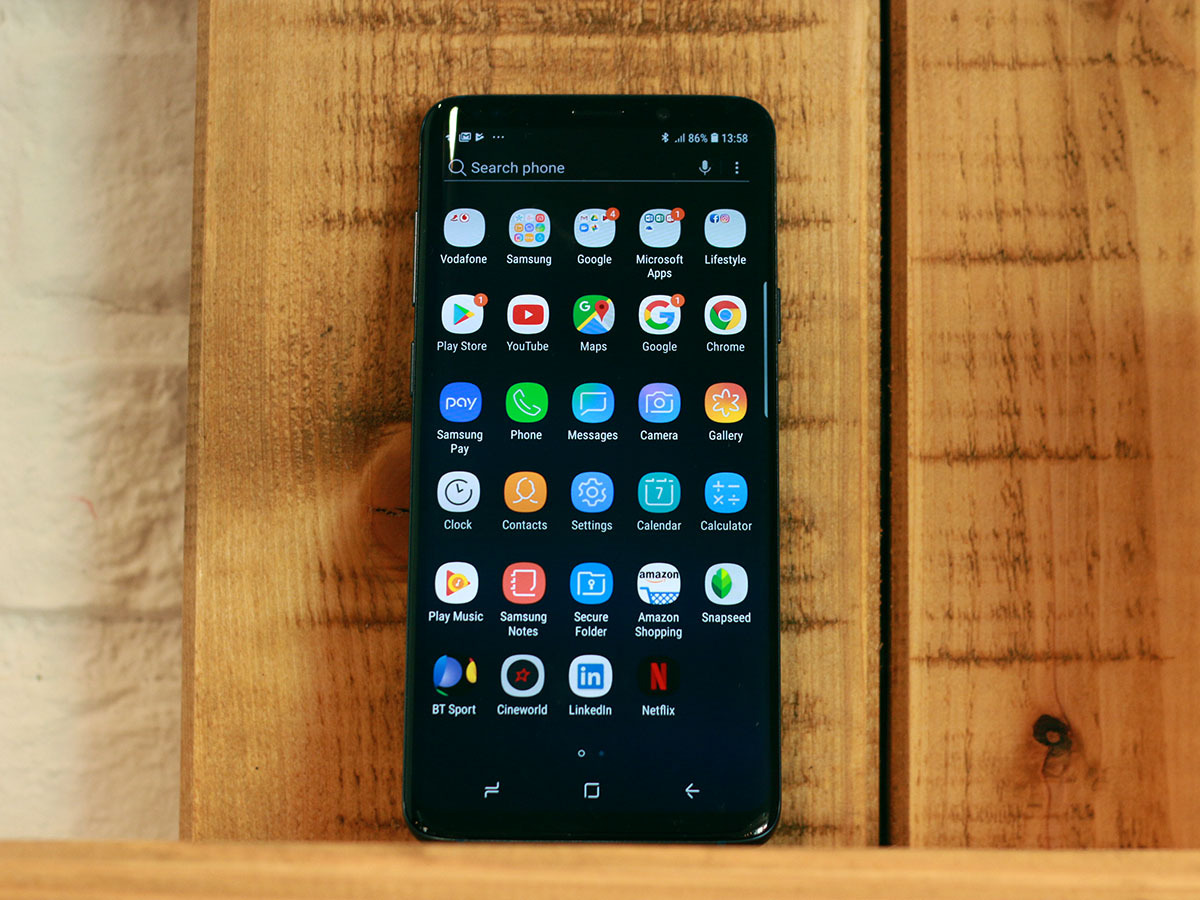Samsung Galaxy S10+ vs Galaxy S9+: What’s the difference?
The flagship changes are more than just skin-deep

The Galaxy S10 is here, and as rampant (and largely correct) leaks suggested, it’s a major upgrade to Samsung’s premium flagship approach.
Gone is most of the bezel thanks to a punch-hole camera cutout in the display, and elsewhere the S10 phones have been boosted with newer and additional tech to help Samsung compete against increasing threats from Huawei, Apple, and others.
The Galaxy S10+ is the biggest and potentially most alluring of the bunch, but how much different is it really from last year’s strong Galaxy S9+? And should you really consider an upgrade if you already have the S9+? Here’s what we think, now that we’ve reviewed the Galaxy S10+.
Design: A serious shift
All things considered, the Galaxy S10+’s design is more evolutionary than revolutionary. It’s still a glass-and-aluminium sandwich with some familiar curves in the mix, but the impact of the changes is very significant.
Thanks to the punch-hole display cutout, the screen dominates nearly all of the front of the phone. It’s an eye-catching look, and definitely more appealing at a glance than last year’s Galaxy S9+, which repeated the S8+’s design and began to look dated compared with the rush of notched and punch-hole rivals.
Granted, if you hate the idea of a notch or hole in the screen, then you probably won’t be very happy about the Galaxy S10+. But overall, we think it packs a lot more of a punch (pun intended) than last year’s design.
Screen: Even more stunning
Last year’s Galaxy S9+ amazed with a Quad HD Super AMOLED stunner at 6.2in. This time around, Samsung goes a bit larger with a Dynamic AMOLED at 6.4in, and this Quad HD panel gets a little brighter too.
It’s not a huge leap in quality, but Samsung has done plenty here to maintain its crown for the best smartphone screens around. It’s a gorgeous panel, and while the double-wide punch-hole won’t be for everyone, the shaved-off bezel makes the screen feel a bit more immersive than before.
Also Read › Samsung Galaxy S10+ review
Camera: More in store
The Galaxy S9+ didn’t hold the camera crown – that honour belonged to the Huawei P20 Pro, and then the Mate 20 Pro – but it came pretty close. The double-camera setup impressed with well-judged shots in a variety of scenarios. The 12-megapixel main camera swapped between f/1.5 and f/2.2 aperture on the fly, enabling better low-light shots in particular, while the secondary camera provided a 2x optical zoom boost.
The Galaxy S10+ aims for Huawei’s throne with its own triple-camera setup, packing in a 12MP wide-angle camera with the same f/1.5-f/2.4 trick as last year, along with a 16MP ultra-wide camera at f/2.2 and a 12MP telephoto camera at f/2.4.
For the most part, the results are pretty magical and shots often look pretty spectacular. We don’t think it tops the Mate 20 Pro, as Huawei’s phone has the advantage of 3x optical zoom and better night-time shooting, but the Galaxy S10+ does one-up the Galaxy S9+.
Performance: Plenty of power
The Galaxy S10+ brings along the requisite spec bump that we expect from annualised handsets, with Samsung’s new Exynos 9820 replacing the Exynos 9810 in Europe and some other territories, and Qualcomm’s Snapdragon 855 taking over for the Snapdragon 845 in the States.
In both cases, we see benchmark improvements in both single-core and multi-core speeds, which means the Galaxy S10+ is able to keep up with current games, apps, and media needs. Will you notice much of a speed difference when side-by-side? No, probably not – but the S10+ feels plenty fast today.
Battery and perks: Bonus features
The Galaxy S10+ packs in a beefy 4,100mAh battery pack, which is a solid boost over the 3,500mAh cell in the Galaxy S9+. Overall, you might get a couple extra hours of uptime per charge, although the GS10+ doesn’t feel like a two-day phone.
Both support wireless charging, but only the Galaxy S10+ has reverse wireless charging, which means it can charge other wirelessly-chargeable phones along with Samsung’s new Galaxy Buds and Galaxy Watch models.
You can also get a load of storage on the Galaxy S10+, with 128GB in the base model and 512GB and 1TB options available. The Galaxy S9+ doesn’t aim quite as high, with 64GB in the base model and 128GB or 256GB in pricier editions. As ever, you can use a microSD card with both to expand your tally.
Also, both have fingerprint sensors – the Galaxy S9+’s is on the back, as per usual, while the Galaxy S10+ tucks it under the display using ultrasonic technology. That’s a more modern, flashy twist, although it doesn’t make that much of a different in usage. In fact, it can be a little frustrating to find the right spot for your finger when the screen is off, but at least you don’t have to lift the phone to activate the screen.
Verdict: Worth the upgrade?
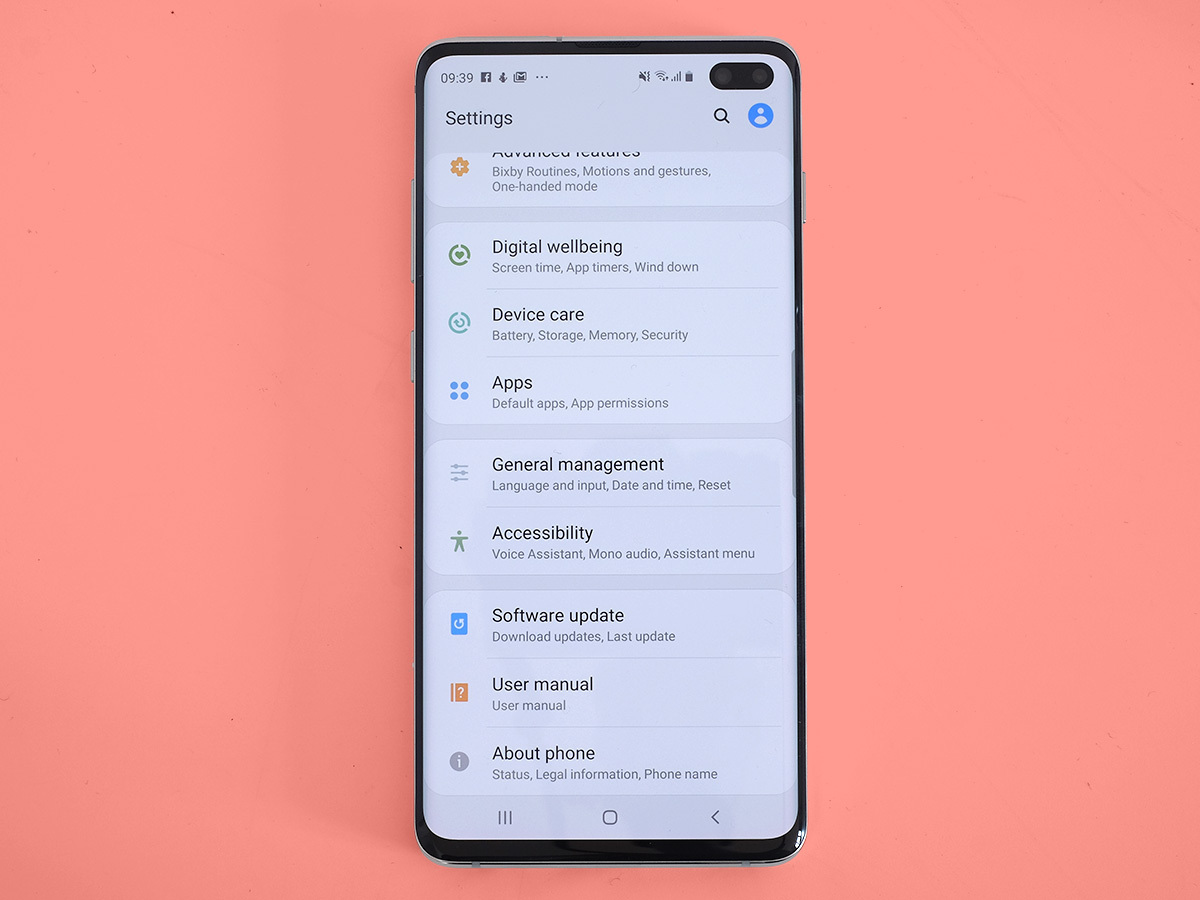
The Galaxy S9+ might’ve seemed a bit predictable last year given how other phones were advancing and evolving, but the Galaxy S10+ feels like it’s right on the cutting edge. The nearly full-face display with the camera cutout looks great, and the handset has a number of other tweaks and additions that make it feel fresh again.
Should you upgrade if you’re still using the Galaxy S9+? You certainly might want to, given the significantly refreshed design, although we don’t recommend ditching an excellent year-old phone at this point unless you’ve got a sensible/affordable upgrade plan.
The Galaxy S9+’s £899 price point isn’t that much more than the £869 starting price of the Galaxy S9+, although you can get the S9+ for quite a bit less these days.
Comparing reviews, the Galaxy S10+ actually scored lower than the S9+, but that’s partially a matter of changed expectations and tougher competition from the current Android leader, the Huawei Mate 20 Pro. In any case, the Galaxy S10+ is a better phone than its predecessor, but the Galaxy S9+ is still plenty powerful and appealing today.


